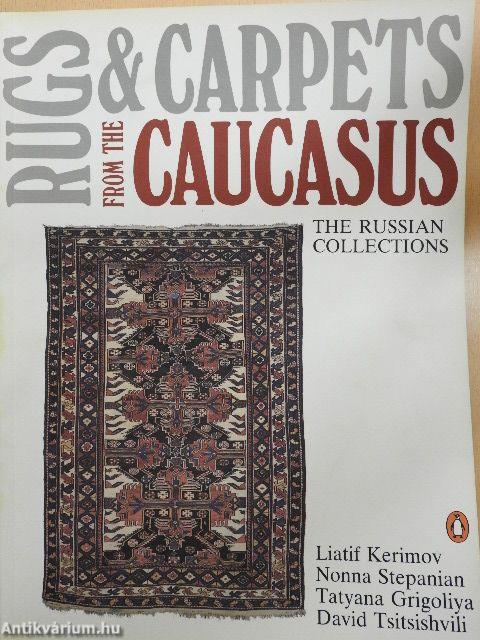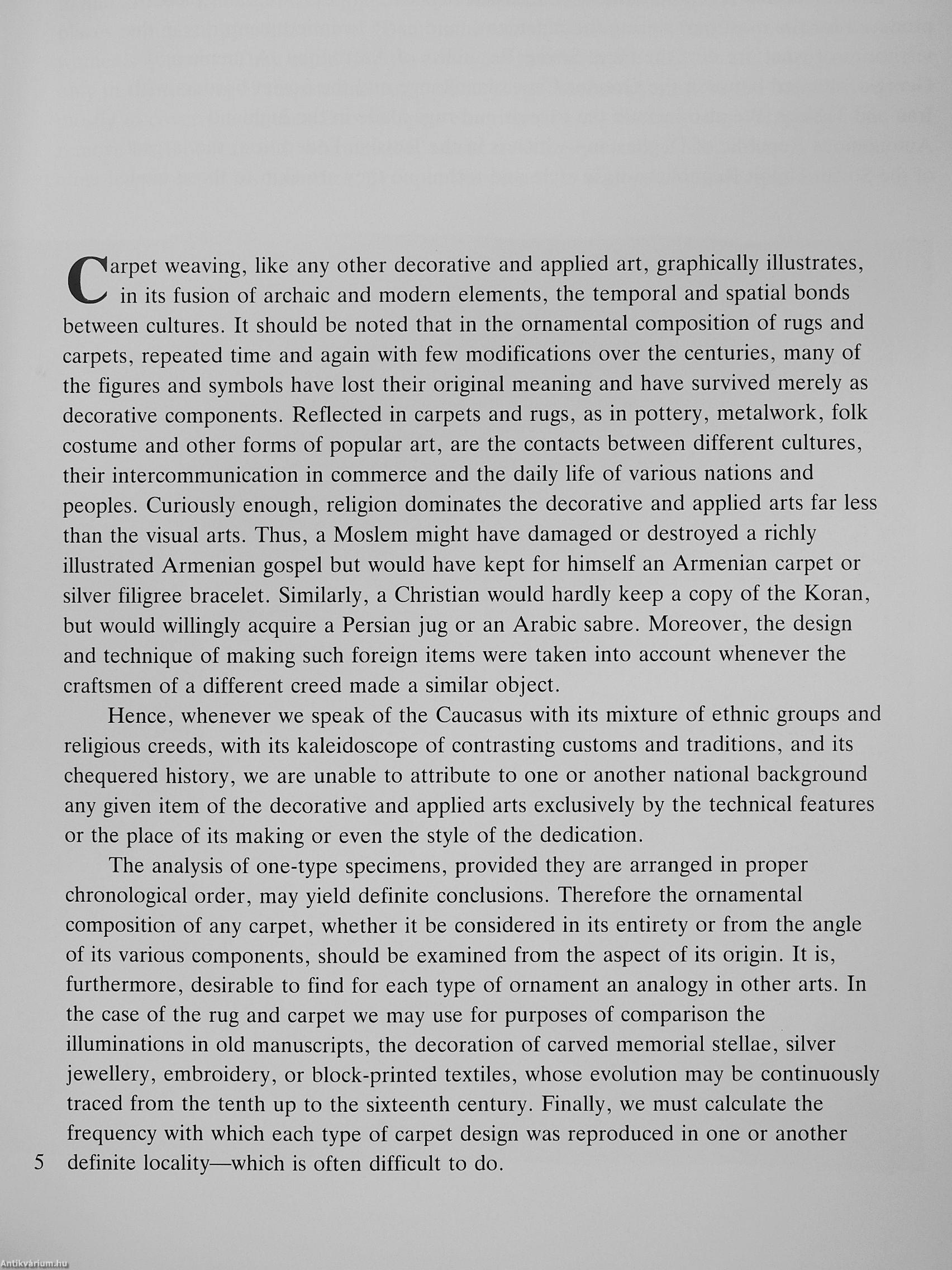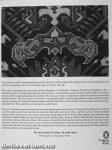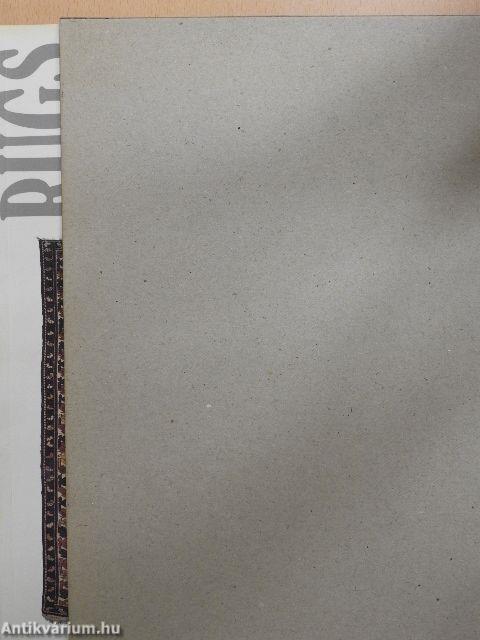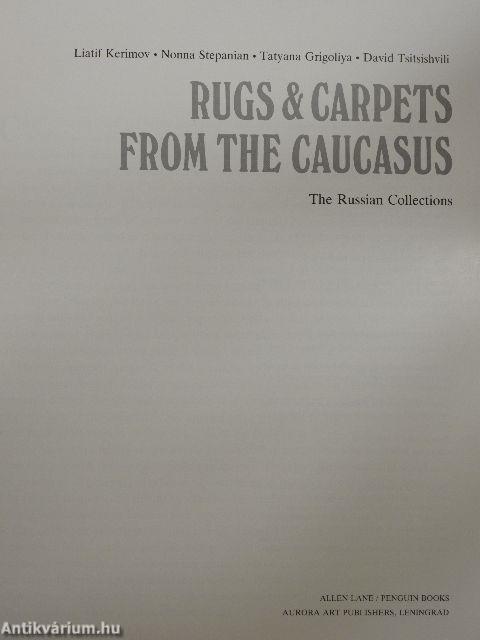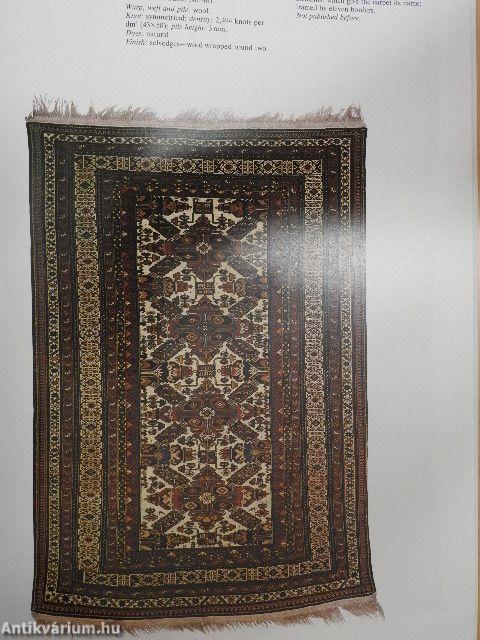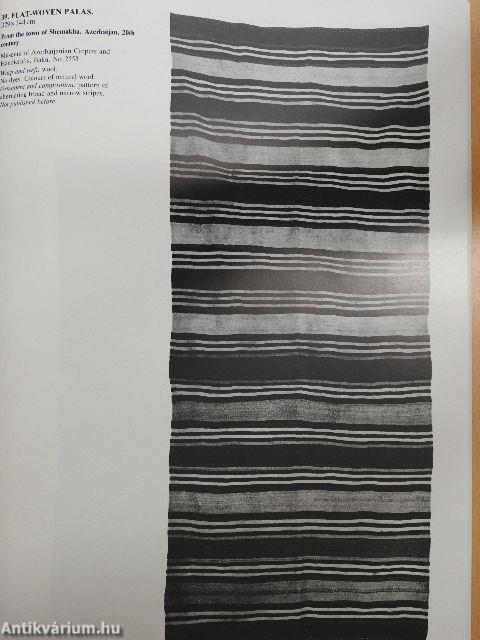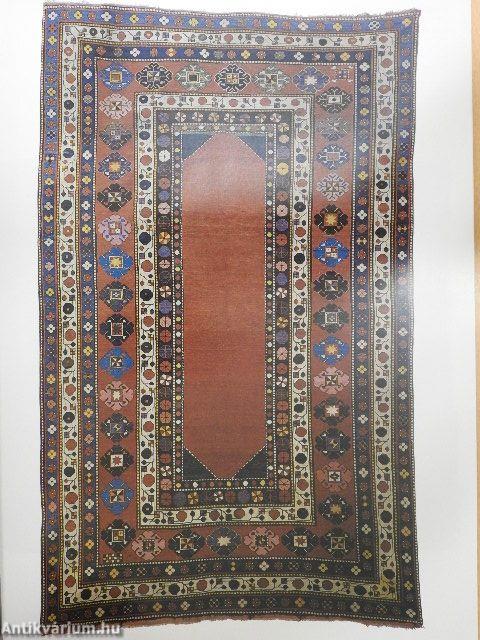1.067.674
kiadvánnyal nyújtjuk Magyarország legnagyobb antikvár könyv-kínálatát

VISSZA
A TETEJÉRE
JAVASLATOKÉszre-
vételek
Rugs & Carpets from the Caucasus
The Russian Collections
| Kiadó: | Allen Lane-Penguin Books-Aurora Art Publishers |
|---|---|
| Kiadás helye: | Leningrad |
| Kiadás éve: | |
| Kötés típusa: | Ragasztott papírkötés |
| Oldalszám: | 149 oldal |
| Sorozatcím: | |
| Kötetszám: | |
| Nyelv: | Angol |
| Méret: | 30 cm x 22 cm |
| ISBN: | 0-14-00-6370-6 |
| Megjegyzés: | Színes és fekete-fehér fotókkal. Eredeti védődobozban. |
naponta értesítjük a beérkező friss
kiadványokról
naponta értesítjük a beérkező friss
kiadványokról
Előszó
TovábbFülszöveg
The Caucasus, with its chequered history and its mixture of ethnic groups and religious creeds, has produced over the centuries an equally varied and fascinating range of carpets and rugs.
The region, comprising the present-day Soviet Republics of Azerbaijan, Armenia, Georgia and Daghestan, has a tradition of carpet weaving dating back to pre-historic times. Azerbaijanian carpets with their exquisite patterns, brilliant colours and fine craftsmanship form the nucleus of the Caucasian carpet collections in regional and national museums in the Soviet Union. The other regions evolved their own individual styles—the Georgian pileless carpets, notable for their elegant colouring, the Armenian dragon carpets with their decorative animal motifs, the flat-weaves from Daghestan, remarkable for their pliability and expressive ornamentation.
Interest in Caucasian rugs and carpets has increased significantly in recent years, but books on the subject are relatively rare. The authors of this... Tovább
Fülszöveg
The Caucasus, with its chequered history and its mixture of ethnic groups and religious creeds, has produced over the centuries an equally varied and fascinating range of carpets and rugs.
The region, comprising the present-day Soviet Republics of Azerbaijan, Armenia, Georgia and Daghestan, has a tradition of carpet weaving dating back to pre-historic times. Azerbaijanian carpets with their exquisite patterns, brilliant colours and fine craftsmanship form the nucleus of the Caucasian carpet collections in regional and national museums in the Soviet Union. The other regions evolved their own individual styles—the Georgian pileless carpets, notable for their elegant colouring, the Armenian dragon carpets with their decorative animal motifs, the flat-weaves from Daghestan, remarkable for their pliability and expressive ornamentation.
Interest in Caucasian rugs and carpets has increased significantly in recent years, but books on the subject are relatively rare. The authors of this new boolt are all experts in their field in the Soviet Union, and they aim to provide a detailed analysis of the various types of Caucasian carpet and the skills and artistry involved in their making, by examining a large selection of typical exhibits from the museums of Baku, Makhachkala, Yerevan, Tbilisi, Moscow and Leningrad, as well as some from private collections. Many of the carpets, all beautifully illustrated in colour and black and white, have never been seen outside the Soviet Union, nor have they been studied before with such authority and in such detail. Rugs and Carpets from the Caucasus will provide an invaluable source of reference, information and pleasure to all carpet scholars, collectors, dealers and interested laymen.
The book contains 127 plates, 99 in full colour
Photographs by Alexander Ivanov Vissza
Témakörök
- Művészetek > Népművészet
- Idegennyelv > Idegennyelvű könyvek > Angol > Művészetek > Iparművészet
- Idegennyelv > Idegennyelvű könyvek > Angol > Művészetek > Népművészet
- Idegennyelv > Idegennyelvű könyvek > Angol > Néprajz
- Néprajz > Folklór (szellemi néprajz) > Népi kultúrák > Ázsia
- Néprajz > Tárgyi néprajz > Népművészet > Kézművesség > Szövés, fonás, hímzés
- Művészetek > Iparművészet > Kiállítások, katalógusok > Külföldi
- Művészetek > Iparművészet > Idegen nyelv > Angol
- Művészetek > Iparművészet > Textília, bőr > Kiállítások
- Művészetek > Iparművészet > Textília, bőr > Egyéb



